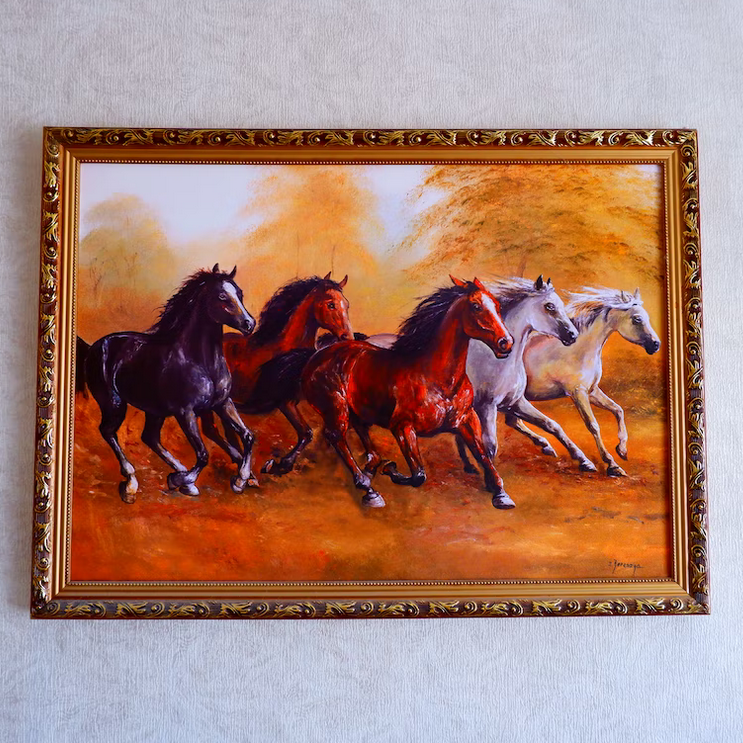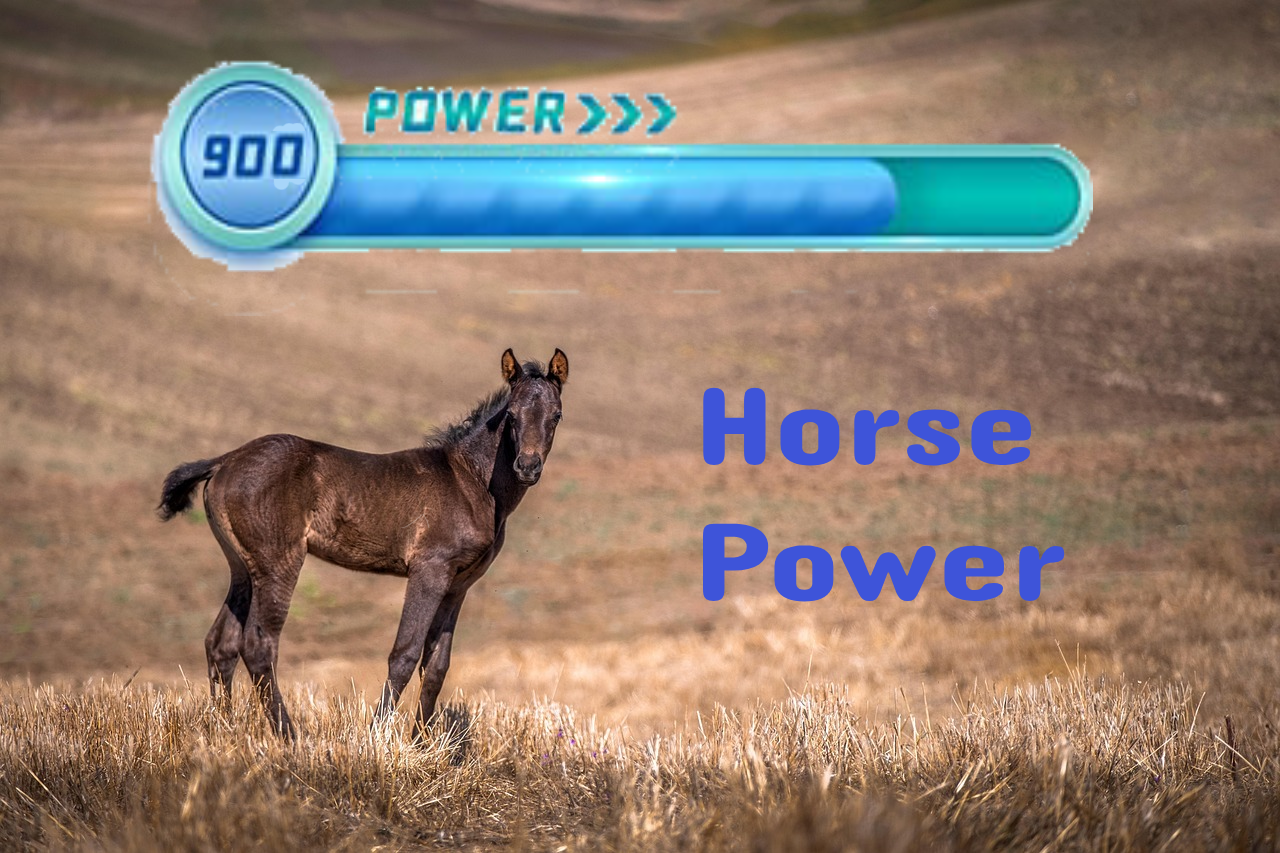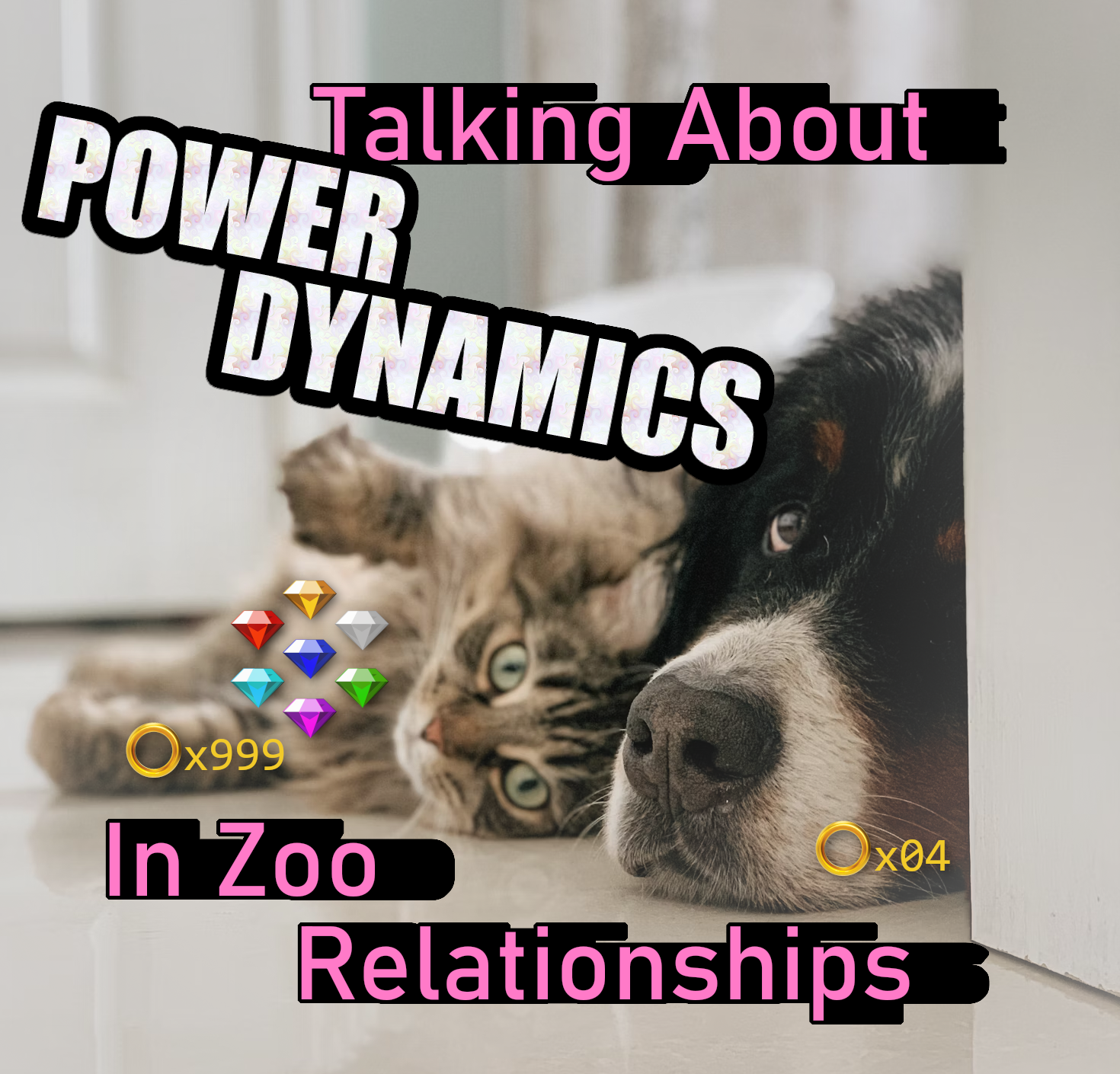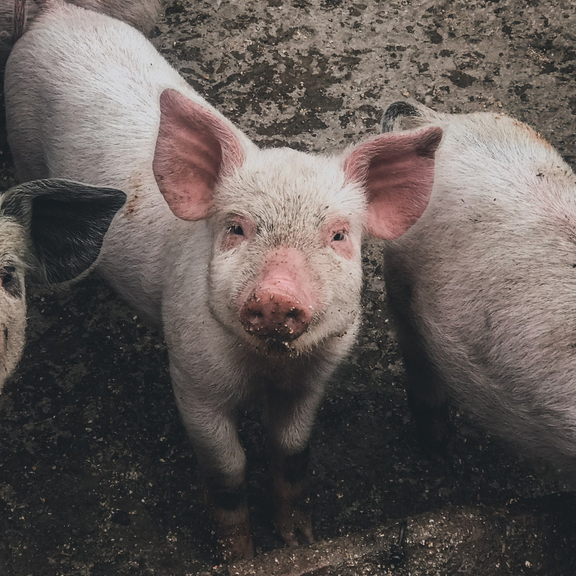The Power of the Audience

Art is one of the most powerful things that the human race has ever created. The idea that a picture is worth a thousand words is incredibly true, and that might even be underselling it. Throughout history we’ve used art to convey our most important messages, and say things that we could never manage to say without the use of those tools. To be able to create art that can resonate with people is a powerful ability. But power can be dangerous in the wrong hands. The same way that you can use art to spread a message of peace and love, you can spread hate and misinformation just as easily. And the message of the art isn’t always just confined to the physical art itself. Art can be modified, or misinterpreted. Something created with the best of intentions can always become something antithetical to the original message. But today we’re not here to talk about art. We’re here to talk about audiences. People love art. From music and games, to the more traditional interpretations of the term, art is something that brings people together. Groups tend to center around points of content creation. Fans of a certain band, for instance, or a bunch of people all following an artist on twitter. Which means that the people creating that content tend to act as a leader for those groups. You can see this in the power that artists like BTS have over their kpop armies, or how Youtubers can become celebrities through an audience that supports everything they do. But what does this have to do with zoosexuality? Well, there’s a lot of artists out there that are creating zoo content, and there’s a lot of artists out there that are against zoo causes. And it’s important to understand the effect that you have when you choose to support an artist, or to not.
Art is only as powerful as its reach. If someone paints the world’s most beautiful picture but nobody ever sees it, then it’s almost like it never really existed. Culture is a shared experience, but that requires a lot of sharing. Back in the day, the celebritization of artists was a lot slower and a lot harder. If someone painted something incredible, but people needed to go to a museum to see it, that limits the spread of that artist’s renown to people able to access it. But the way that art is consumed today is a lot different. With the power of social media, each individual person has the ability to give art reach. If you like or retweet a post, that means that your followers have a much higher chance to see that post. Which means that a percentage of them might share it as well, and so on and so on. There’s much less of a barrier when it comes to accessibility. If you see something you love, you can just send it to your friends with a couple button presses. If there’s an artist you like, you can just follow their social media and see all of their updates. But that’s just one side of the coin.
What people don’t consider quite as often is the power of not sharing something. Social media is run through algorithms, big formulas that decide what content is going to be shared, and what content isn’t. When you actively choose to not engage with content, it tells the algorithms that be that the content isn’t that interesting or engaging. And because of that, it’s less likely to show that content to other people. The way that these huge social media companies work is by taking all of the data on what one person clicks on, and then if other people tend to enjoy the same kinds of posts, they share that content with them too. If a post gets no engagement however, it stops being shown, and therefore stops spreading. All of this is to say, as an audience member, you may not be actively making communities, but you definitely have the ability to choose which communities grow.
And that brings us to the point of all of this. The power of the audience. Nowadays, art is just as much about the artist as it is the art itself. Everyone has a twitter, an instagram, a furaffinity. Those platforms become more than just places to gallery people’s creations. They’re tools that artists use to market their products, and spread their opinions. Part of being an artist in today’s existence is understanding that you have to have an online presence, or else you’re just not going to get the support to continue down that path. And while you can go back and forth on whether social media is beneficial to artists, one benefit to specifically us zoos is that you can get a sense of the kinds of things that those artists do and don’t support. Things such as their stance on zoosexuality. If you go to an artist’s page and search for posts they’ve made that include words like “zoo”, “beast” or “animal”, you can see if they’ve ever made a point of talking about it. While it’s less likely that you can find a normal artist’s opinion on zoo, you can definitely find other important things such as how they feel about animal rights and whether or not they support the meat industry. For furry artists, you’re much more likely to find them specifically talking about either feral or zoo content, and can usually get what their stance is on the topic. As a zoo, it’s in the best interest of the community to get into the habit of doing the research before hand to see whether or not an artist has ever condemned human-animal relationships.
If you’re giving your time, money and support to someone who has a strong anti-zoo stance, that means that you’re helping push their anti-zoo message to reach a larger audience. And that audience may be people that had either never taken the time to think about it who are just going to take their opinion on the topic from a figure they look up to. Or worse, those people then might feel more comfortable spreading a hateful anti-zoo narrative as well. If nothing else, it increases the perception that zoosexuality is something bad, and there’s already enough of that out there. Meanwhile, if you decide instead to commission find an artist that’s pro zoo, or even a zoo themselves, you’re directly supporting the message of the community by making sure that a more positive message is reaching a larger audience. If you choose to share art done by zoo artists, you’re helping to reach those same undecided people, but giving them a chance to come to our side instead. You’re literally growing the community and boosting the message just by liking and retweeting. By sharing some art with your friends.
Now, as big as the zoo community is, it’s not always possible to find exactly what you’re looking for in terms of art. There are some things that we just don’t have right now. That doesn’t mean that you need to compromise on what you’re trying to find. It’s totally okay to support artists outside the community. Especially if you’re doing it with a zoo identity, since that can be positive representation in itself. But you can still make sure that at the very least the artist you’re supporting is either neutral or non-spoken about the issue. Giving a voice to someone who has nothing to say about the issue is still better than giving it to someone who’s specifically hateful. And who knows, there might be more artists in the zoo community than you think. If you’ve got a commission that you’re looking to get done, posting “Hey, I’m looking for someone who can do (this), or draw (this), does anyone know someone who can do it?” might turn up some unexpected results. I know a couple of people that are furry artists, but don’t necessarily feel comfortable drawing under their zoo personas for fear of someone recognizing their style. That said, they might still be able to draw something for you with certain limitations! The zoo community is always bigger than you think it is, and the majority of the time someone’s going to have the connection for you.
In case you don’t know any zoo artists or you’re just looking to find some more, here are some of my favorites.
https://twitter.com/MavrickzArts
https://twitter.com/championwhoops
https://twitter.com/KodaacTheLion
And there’s plenty of other great zoo artists out there too! Especially if you count all the “feral” artists. If you haven’t seen their stuff before, check them out, give them a follow if you like what you see. They’re amazing. And remember, even if you’re not someone that chooses to create, you have a lot more power than you think.
Article written by Tarro (August 2022)
Find them at https://twitter.com/hereforthezoo
Questions, comments or concerns? Find the discussion thread for this article here!




